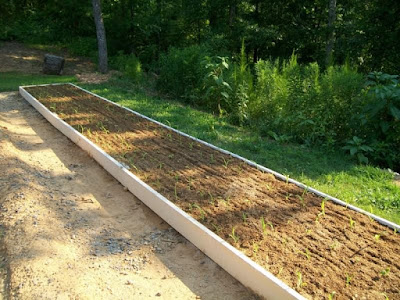To help you choose between planting in the ground or making a box or simply planting in containers, consider what your family will eat and what you could grow. If everything you want to plant is short, then there is no need for T-Frames. Here is a list of vegetables that don't need T-frames.
Bush beans, beets, broccoli, cabbage, carrots, cauliflower, celery, Swiss chard, corn, eggplant, kale, lettuce, okra, green onions, bulb onions, parsley, all types of peppers, red potatoes, sweet potatoes, radishes, all types of squash, spinach, turnips, and watermelon. |














No comments:
Post a Comment